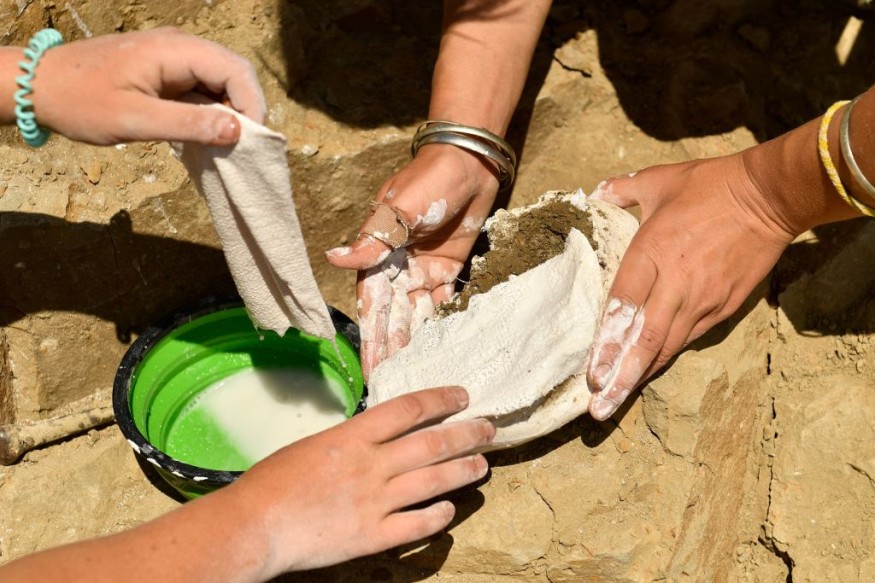Artificial intelligence technologies are known for their promising applications in identifying tumors from medical imagery with high resolution, and now, paleontologists want to know if the same techniques can be used to help them with fossil research and specifically analyze similar scans more quickly of dinosaur fossils.
As specified in a Phys.org report, researchers reported "some of the early answers, and remaining challenges, in a recently published paper.
Much of what scientists can collect from the fossil record of dinosaurs depends on the morphology of the animals' preserved remains.
Examining the specimen's interior structure generally requires cutting thin sections, effectively abolishing the sample in the process.

High-Resolution Scanning Technologies Changed
The process changed with the introduction of high-resolution scanning technologies like X-ray computed tomography, which fundamentally rebuilds internal structures in three dimensions using radiation and electronic software.
While the application of CT technology contributes to the preservation of specimens and generation of extremely useful data, the images themselves show their challenges.
Essentially, the scans differentiate various materials, such as fossilized bones, against the rock encasing them, based on the X-ray radiation's absorption.
Akin densities can make it quite difficult to identify if one object starts and another ends. Meaning researchers need to depend on manual segmentation, a labor-intensive procedure for categorizing an image's similar sections.
The AI Test
Artificial intelligence can perform image segmentation in just a few minutes, compared to a paleontologist's several days or even weeks.
Scientists tried to know if using various types of neural networks, an AI model type mimicking the human brain.
The researchers trained and tested the AI systems using over 10,000 CT scans of three well-preserved embryonic skulls from a small relative dinosaur species to the more familiar genus Triceratops called "Protoceratops," which are detailed on the National History Museum site. These fossils were recovered from the Gobi Desert in Mongolia during the 1990s.
As specified in the research published in Frontiers in Earth Science, while models did not do as well as humans, the preciseness and the processing speed showed that "deep neural networks" can substantially lessen the time to distinguish fossils from rock matrices.
Use of AI Segmentation
Other than quicker processing, the use of AI in paleontologists can contribute to establishing research standards, explained the study's lead author Congyu Yu, a Ph.D. student at the Richard Gilder Graduate School at the American Museum of Natural History.
Meanwhile, the paper's co-author, Dr. Mark Norell, also from AMNH, is popularly known for his work examining the evolutionary connections between birds and dinosaurs.
Commenting on this new study, Yu explained different researchers may have different understandings of the same structure, which result in "various reconstructions of the evolutionary history."
In some circumstances, added the lead author, CT images may be purposely rebuilt to follow a given notion. Using AI segmentation can identify those frauds minus substantially increasing the cost.
Related information about preserving dinosaur fossils is shown on the American Museum of Natural History's YouTube video below:
RELATED ARTICLE : 488-Million-Year-Old Fossil Discovered by 6-Year-Old Boy While Digging in Their Garden
Check out more news and information on Fossils on Science Times.
© 2025 ScienceTimes.com All rights reserved. Do not reproduce without permission. The window to the world of Science Times.











